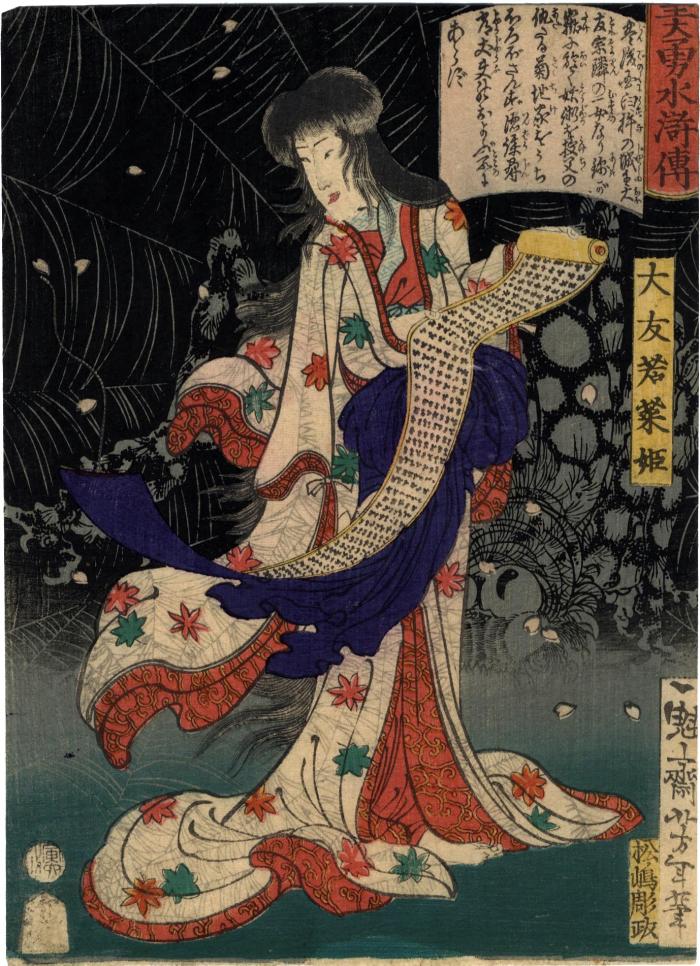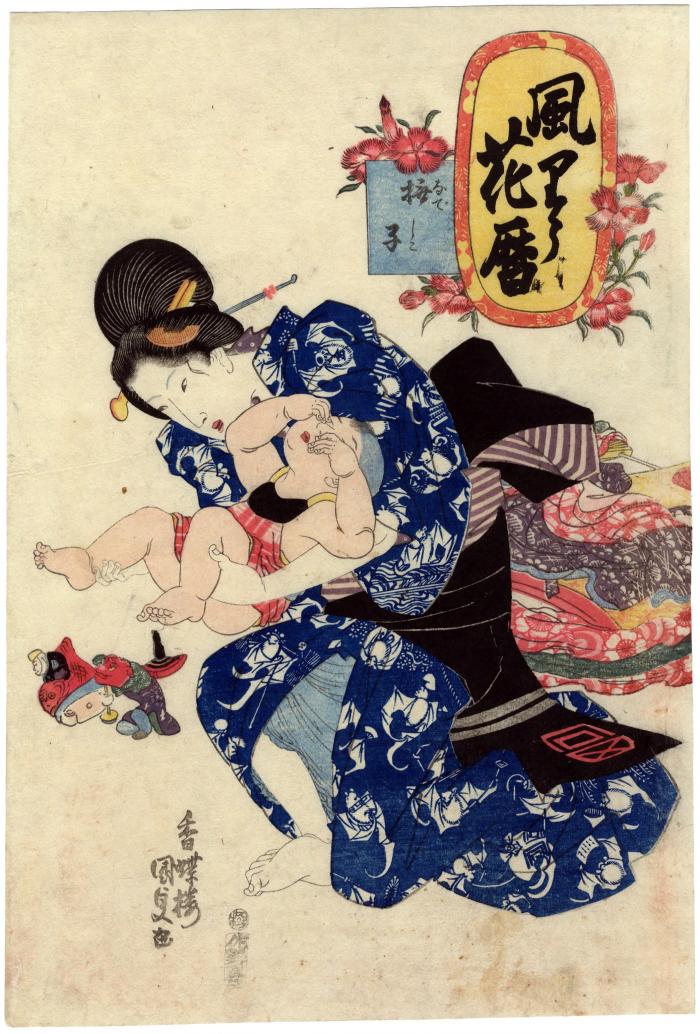Welcome to The Lyon Collection!
Ukiyo-e Prints in the Mike Lyon Collection
Mike Lyon (artist b. 1951) was fortunate to have grown up familiar with Japanese prints. In his youth Lyon’s parents and grandparents displayed examples that certainly inspired his own artistic development. He began acquiring Japanese color woodcuts early in his career as an artist. The types of prints that feature most prominently among the many hundreds in Lyon's collection reflect the artist’s deep appreciation of the human figure and the expressive facial portrait. The vast majority of Japanese prints in the Lyon collection represent views of actors yakusha-e) and beautiful women (bijin-ga), and in particular the close-up, bust-length portraits of the same (okubi-e).
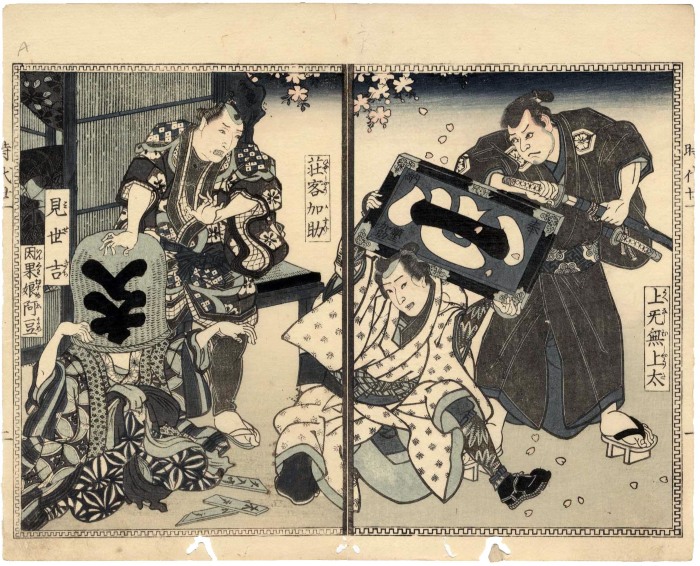
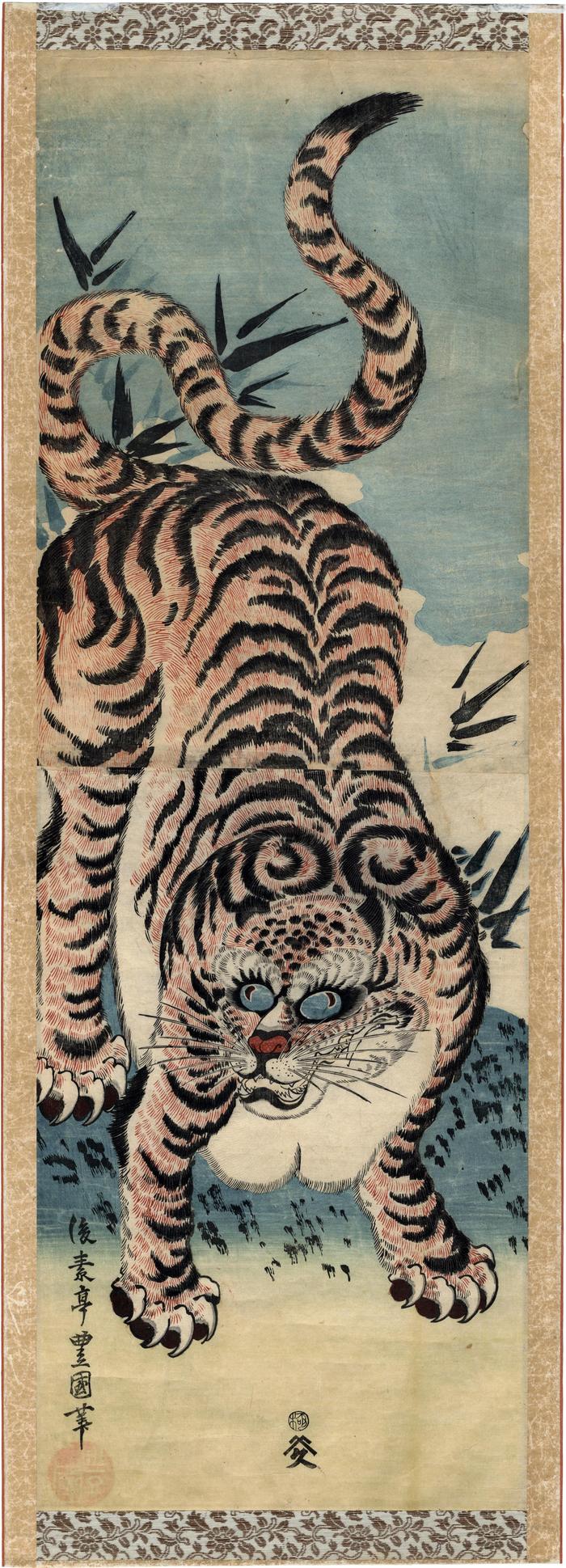
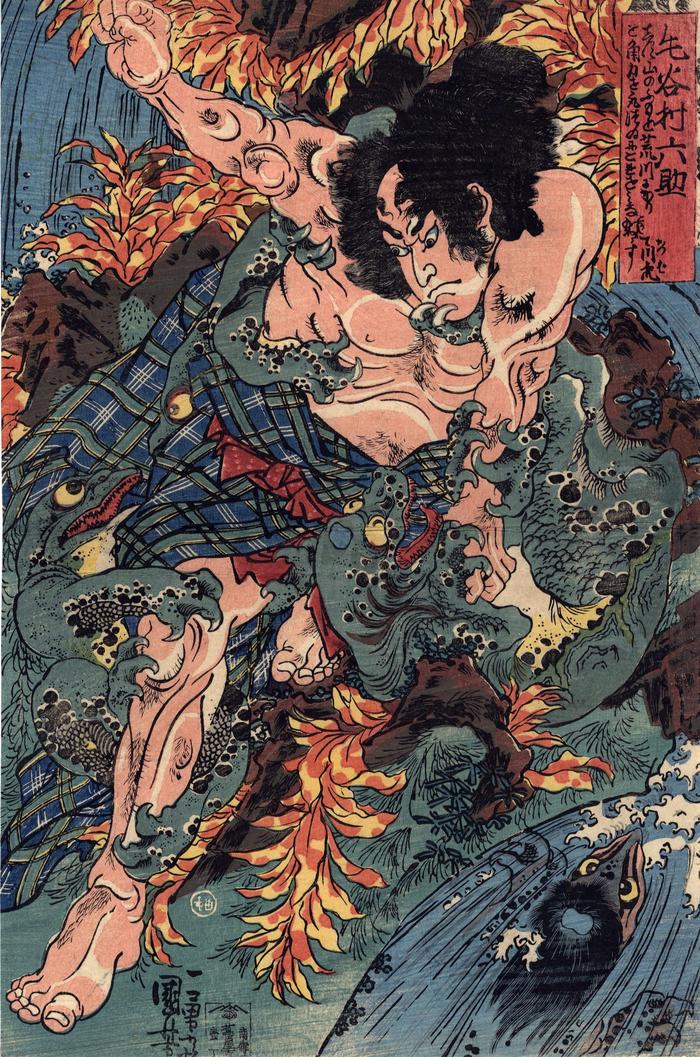
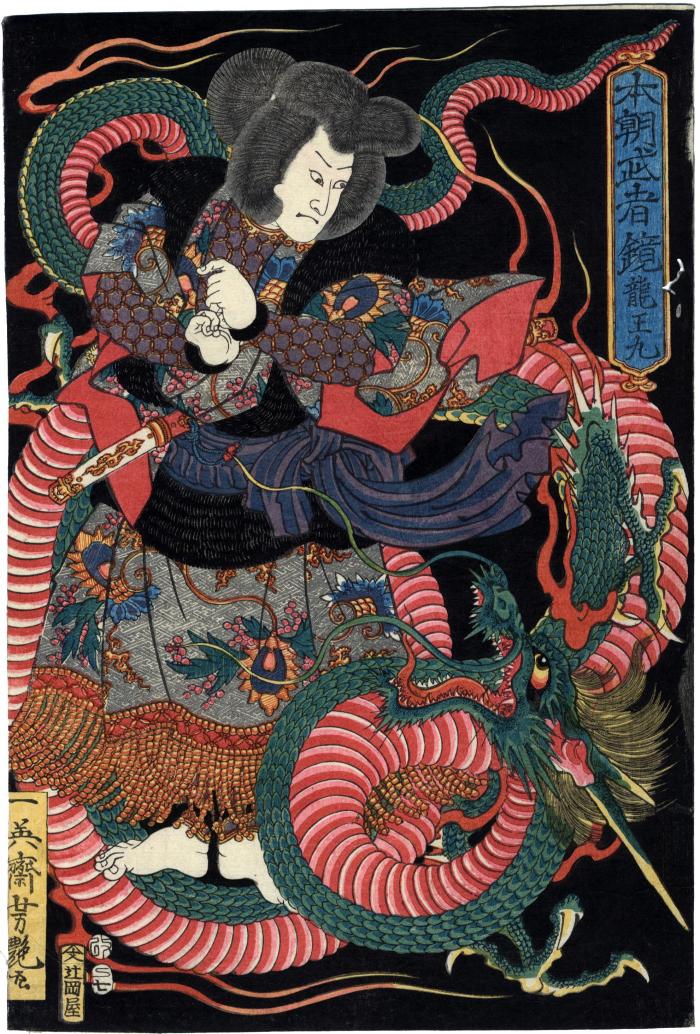
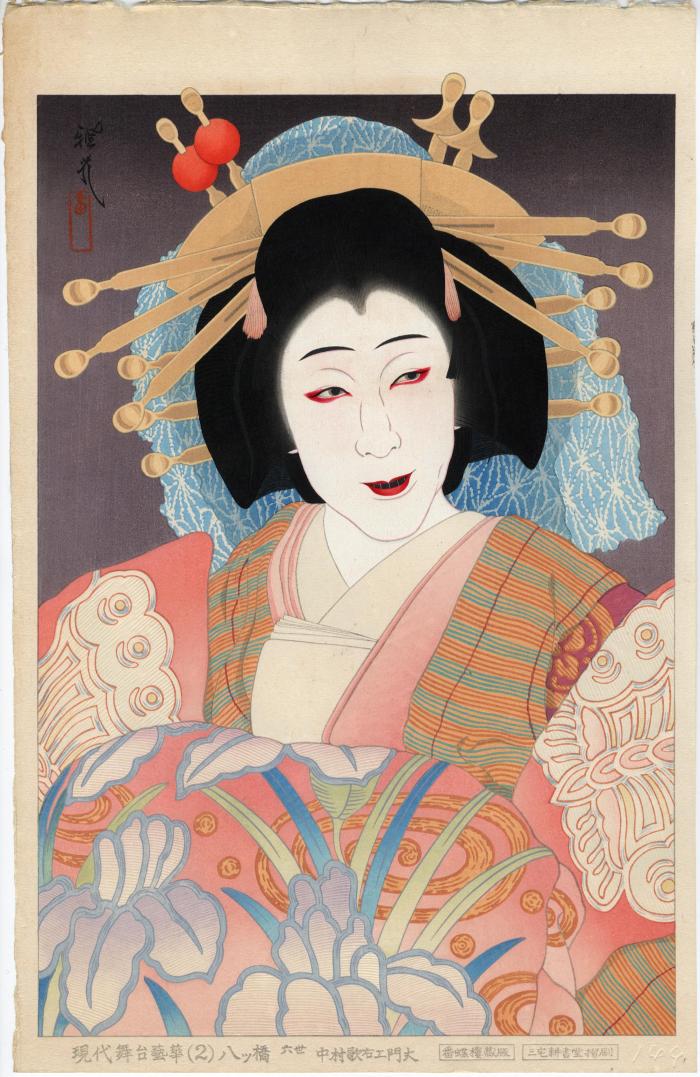
![Kataoka Gadō II [片岡我童] as Fukumasuya Daisuke (福升屋大助) and Nakamura Tamashichi I (Shikan's son) [芝翫倅中村玉七] as Akechi Tsuruwakamaru (明智鶴若丸) in the play <i>Keisei Ishikawa-zome</i> ('A courtesan and dyed Ishikawa colors')](https://woodblockprints.org/media/lyon_collection/images/4/26936_ca_object_representations_media_448_large.jpg)
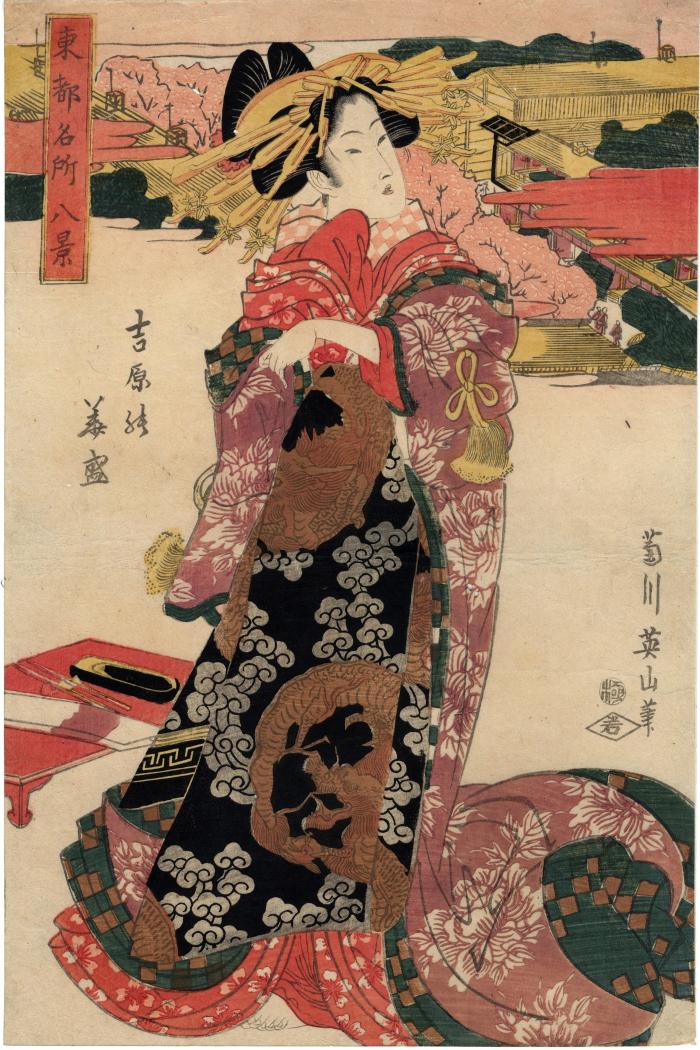
![Nakamura Shikan I (中村芝寛) as Hotei Ichiemon [布袋市右衛門] in the series <i>Ryūkō Go Karigane</i> or 'Five Fashionable Men from Karigane' (流行五雁金)](https://woodblockprints.org/media/lyon_collection/images/1/9/1192_ca_object_representations_media_1923_large.jpg)
